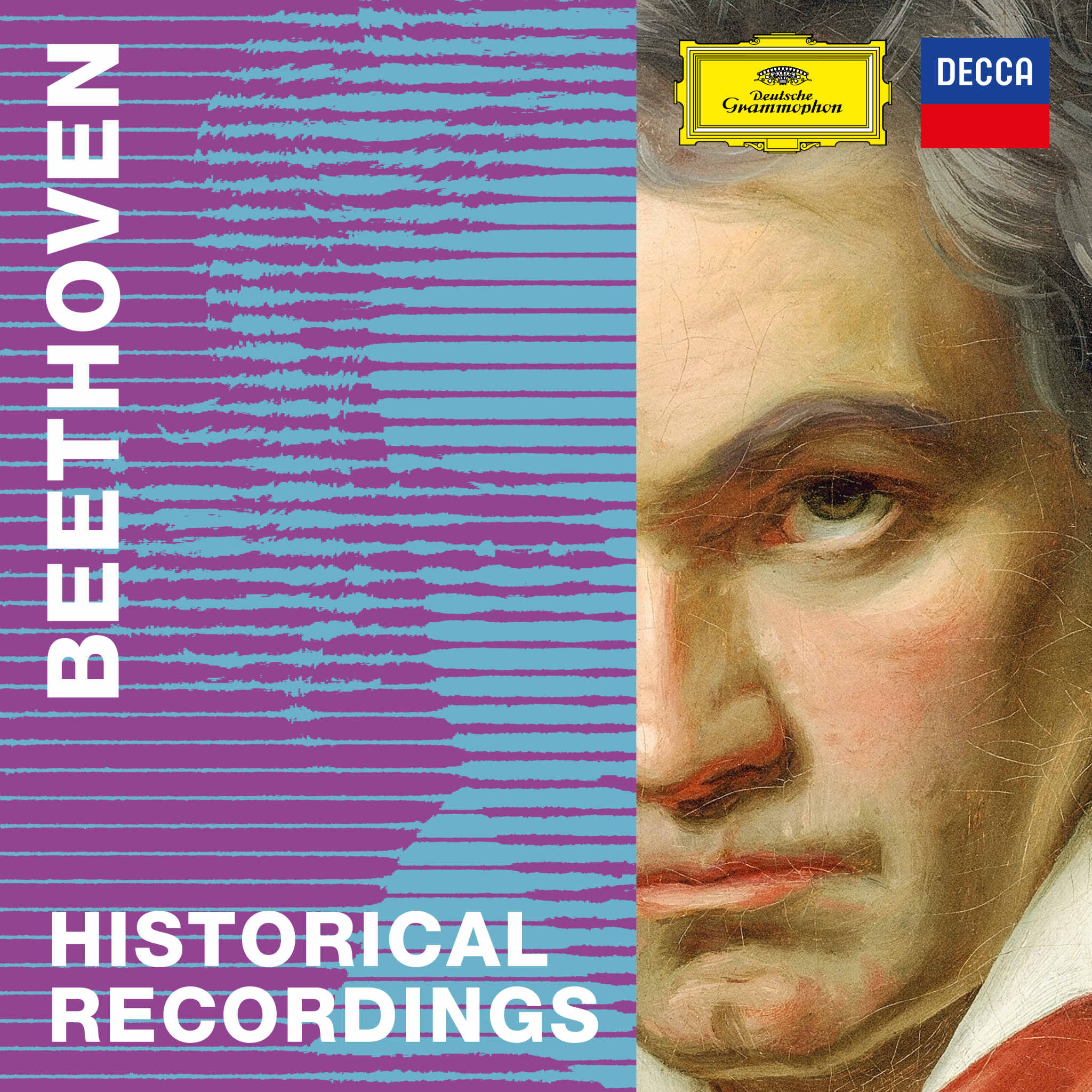Albums
Appears On
AboutWolfgang Schneiderhan

Gifted Austrian violinist Wolfgang Schneiderhan was celebrated particularly in the German-speaking countries for his musicianship and stylish, thoughtful performances and recordings of the Viennese repertoire. His clean articulation, perfect intonation, sweet singing tone, restrained vibrato, and considered manner were ideally suited to this music. He wrote cadenzas for the Mozart and Brahms concertos and adapted the piano cadenzas from Beethoven’s transcription of his Violin Concerto for violin use. Although known primarily for his recordings of Mozart, Beethoven, and Schubert, Schneiderhan was committed to contemporary music as well. He had a close association with Hans Werner Henze, recording his Violin Concerto No. 1 and giving the premiere of Henze’s Ariosi at the Edinburgh Festival in 1964 with his wife, the distinguished soprano Irmgard Seefried. The couple also premiered Rolf Liebermann’s Capriccio and Frank Martin’s Magnificat and Maria-Triptychon, all of which were written especially for them.
Born in Vienna in 1915, Schneiderhan had his first violin lessons with his mother at three and was recognised as a child prodigy by the age of five. Between 1922 and 1928, he worked with the great technician Otakar Ševčík, and in 1925, also began studying with Julius Winkler, whose less virtuosic, more interpretative approach Schneiderhan regarded as key to his development. By the end of the decade, he had already embarked on an international career as a soloist, but he developed a notable orchestral career alongside this as leader of the Wiener Symphoniker (1933-37), Wiener Staatsoper orchestra (1937-38) and, after the Anschluss, the Wiener Philharmoniker (1938-50). The same year he was appointed to the latter orchestra, he founded the Schneiderhan-Quartett together with principal players Otto Strasser, Ernst Morawec, and Richard Korschak. The quartet, which existed until 1951, was admired by Richard Strauss, who regularly attended its concerts and in 1942 entrusted it with the first performance of the Sextet from Capriccio. Schneiderhan’s career flourished under the Nazis. He joined the party in 1940 and featured on Goebbels’ Gottbegnadeten-Liste of the Reich’s most important artists in 1944. He was rehabilitated in 1946 and able to continue performing almost without a break. From 1948, he replaced Georg Kulenkampff in a highly regarded piano trio with Edwin Fischer and cellist Enrico Mainardi. In the early 1950s, he decided to focus on solo playing. Pianist Wilhelm Kempff was among his regular partners and made a benchmark recording of all ten Beethoven violin sonatas with him in 1962.
Schneiderhan was a sought-after teacher throughout his life, holding professorships at the Mozarteum Salzburg (1938-56), Hochschule für Musik in Vienna (1939-50, 1975-85), and the Lucerne Conservatory, where he directed the masterclasses for several decades from 1949 onwards, succeeding Kulenkampff and the equally renowned Carl Flesch. He was also one of the defining artists in the history of the Lucerne Festival, giving no fewer than 42 concerts between 1949 and 1986 and founding the Festival Strings Lucerne in 1956 together with his pupil Rudolf Baumgartner. He died in 2002.
















